October 2021 | Interview with Bruce Garrard, Author of ‘The River — An exploration of a disconnected river; the Brue and Axe in Somerset’
Bruce’s book arrived after our interview. I found it to be a well-researched, richly illustrated and wonderfully told story and history filled with fascinating anecdotes and facts that take us up to the present times.
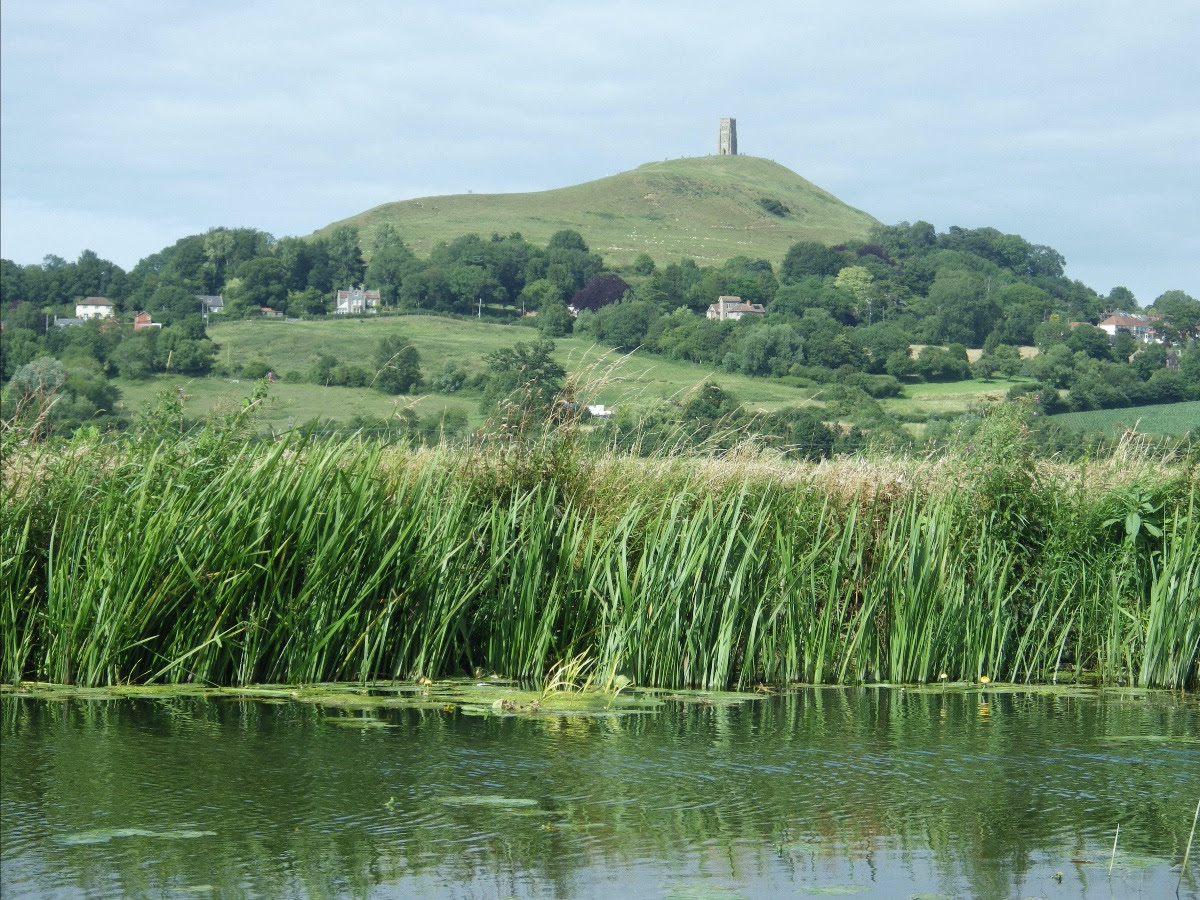
All photos by Bruce Garrard
I’ve been involved with the Peace Movement and environmental issues for about fifty years. In 1988 the Kogi, an ancient people who live in the Sierra Nevada in northern Columbia, invited Alan Ereira, a BBC film producer, to share their Message from the Heart of the World. They call themselves Elder Brother, and people in industrial countries, Younger Brother. They could see clearly that the way we treat the planet has to change, otherwise, we will not survive. Twenty-six years later they called Alan Ereira back because they wanted to once more try and help us understand the urgency of the situation facing us. They clearly were not giving up.
I saw this second film, Aluna, in 2013. I found it very powerful. Its central motif showed the Kogi reeling 250 miles of gold thread along their coast to highlight the sacred nature of the land and its intimate connection to what happens in the mountains where they live. A key moment is when one of the Kogi Mamos (priests or shamans) says, “You don’t have to abandon your lives, but you must protect the rivers!”
I remember walking out of the café in Glastonbury where the film was shown with a clear sense that I could not protect the world’s rivers, but I could at least make friends with my local river, the River Brue. I wanted to follow Llewellyn Vaughan-Lee’s four-point plan. (Llewellyn Vaughan-Lee is a Sufi teacher and author.) The four points are: witnessing, grieving, prayer, and action.
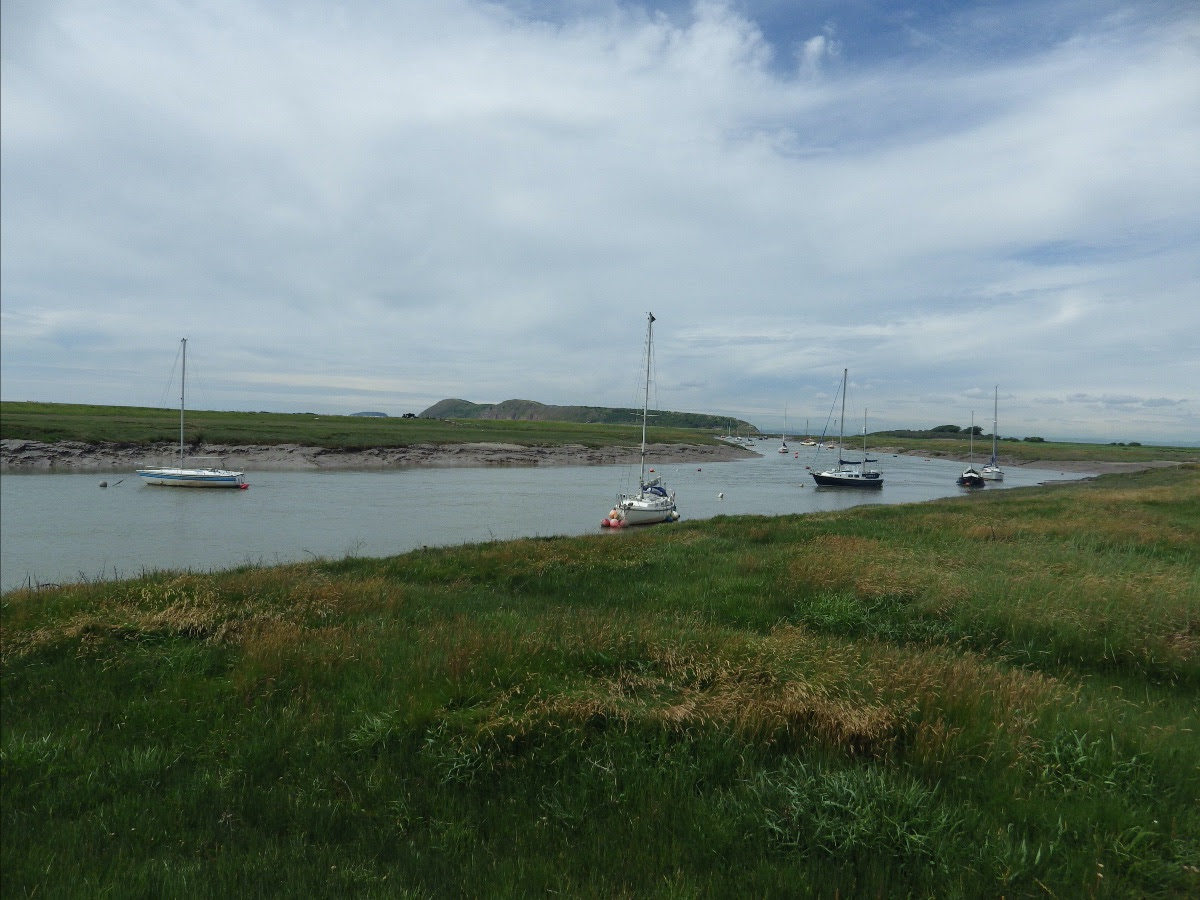
Bruce explains these four points in his introduction to ‘The River’.
“The first point, Witnessing, is actually asking us to stop habitually trying to ‘do’ anything at all; to witness, with awareness, what we and our culture have done to the world. To look for no outcome, no result; to refrain from trying to fix things, (a mode of thought that we in our culture are addicted to), but to thoroughly acknowledge how things really are. In Sufism such witnessing of ourselves is a time-honoured spiritual practice; now we must give this depth of attention to the world around us. (Other traditions also include this practice.)
“The second point, Grieving, is to allow ourselves to fully feel the pain arising from that witnessing, from that understanding of what we as a species have done. This is the honest and appropriate emotion that we need to feel, and in a strange sense…the greatest gift we can give to the world. For myself, a product of white, middle-class, English culture, this will not be easy. My family does not do grief. It is not polite or comfortable; I have been trained through my upbringing to keep it under wraps. This will be a big challenge for me. (Joanna Macy has done wonderful work in this key area.)
“Praying, even more so. I do not understand or relish the idea of an act of prayer. It is even embarrassing. But I am beginning to suspect that the world situation is by now beyond what we little humans can figure out and put to rights ourselves. We, after all, are the problem, not the rest of the world. Perhaps our best hope is some form of divine intervention. I think it is called grace, I think we need a miracle. Llewellyn tells us that prayer, as a cry from the heart, arises naturally from our feelings of grief. All I can say is that I am prepared to go there and find out.
“And finally, Action. Once we have re-oriented our minds through the practices of the first three points, and not until then, not until we can think in a genuinely different way about the task at hand, then we will know what to do.”
This at least is my understanding. If you would like to read Llewellyn’s own words, they are here.
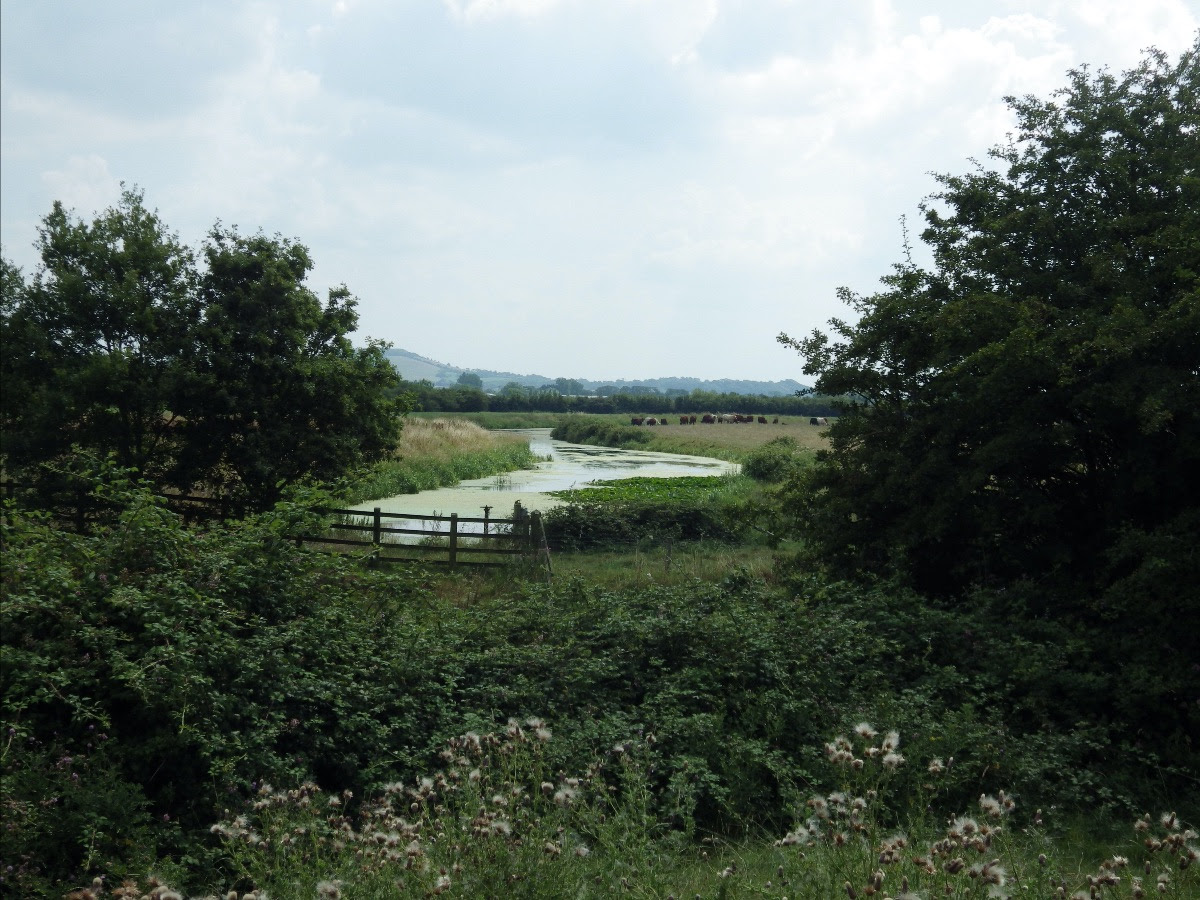
The first thing was to go to the mouth of the River Axe and to find something to take as an offering (or “payment” as the Kogi would say) and to give it to the source of the River Brue. The source rises in a small stone structure built by the landowner in the 19th century. It’s a small artificial cave, maybe three feet high.(For a photo, please see September’s newsletter.) One of the landowner’s ancestors had built Alfred’s Tower in the 18th century, on the spot believed to be where King Alfred had gathered his army before defeating the Danes. You get to the source of the river by parking at the Tower and walking along a path through the woods.
I found a mass of pastel-coloured seashells on the beach, at the mouth of the Axe. Then I went with a group of friends to the source of the River Brue. We each gave a small handful of these seashells as an offering to the source of the river. I remember the four of us standing in a semi-circle in silence and some words came. The River responded, “At last someone has taken some notice after the best part of a thousand years!”
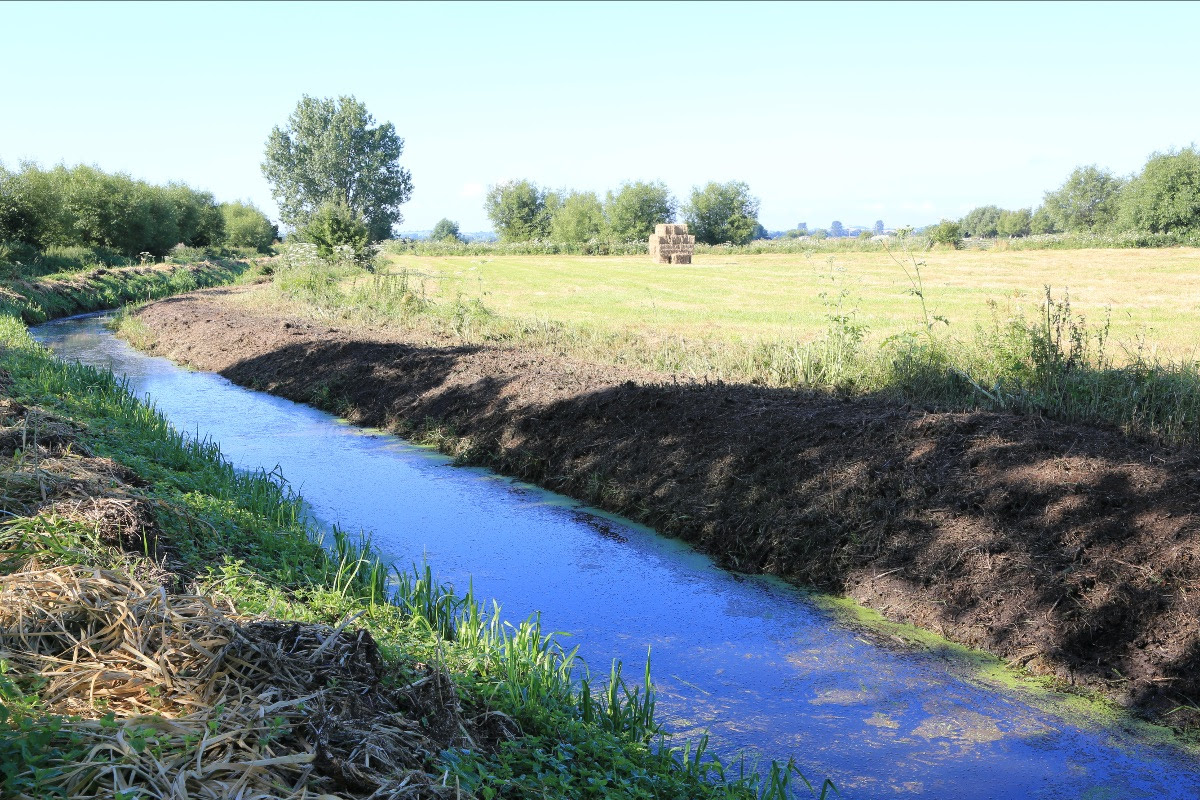
I spent a summer planning a walk from the source in the Mendip Hills, down to Glastonbury and across the Somerset Levels where the Brue used to flow, then following the River Axe to the sea. It’s very important to know which side of a river to walk along; whether you’ll be on a path or encountering barbed wire fences. So, I walked sections of the river with groups of friends, and the following year, I was ready to walk the whole route. It took me five days. One of the footpaths, near Bruton, goes through a private estate. I just decided to walk through (though I was vague about this in my book, which I published locally!).
The book is in two parts. Both were a practice in Witnessing. The first part of the book is a description of that 5-day walk—what I felt, saw, thought. The second is a history of the River Brue and how it became two rivers. I did my best to describe the history without making judgements. This was hardest for the post-World War II era, especially the ’70s and ’80s when many important issues came up – and there were farmers burning effigies of environmentalists because they felt the environmentalists were interfering and making life difficult.
I next wrote a story about the Celtic period before and during the Saxon invasion. Celtic culture had recently re-
The third book, Conversations with the River Spirit, was born by visiting the river regularly with a camera and notebook for a period of a year. It wasn’t in itself about prayer, though perhaps it is a prayer.
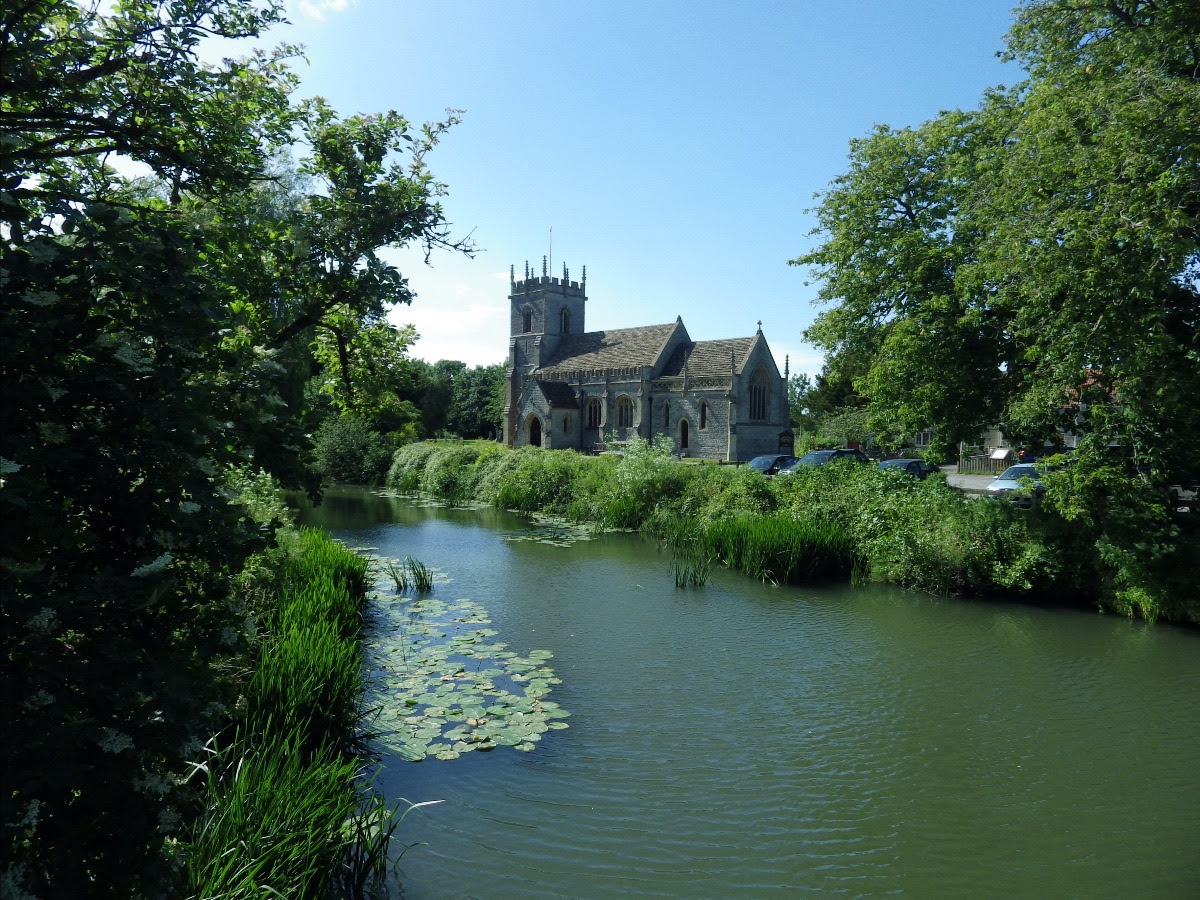
Finally, I carried out a project by opening an office and shop in Glastonbury, to raise awareness of the local river and other ecological issues. I put up a big sign, The River Brue Rehabilitation Board, which caught the eye and at first sight gave the impression that it was some sort of official body. This was to be the fourth point, Action. Three months into the project, suddenly we were locked down.
During that time, the Brazilian writer Antônio Bivar, who was a dear friend, died in São Paolo from Covid. I ended up translating some of his work – we had met fifty years ago and his writing describes his meeting with us in Salisbury, Wiltshire, as a bunch of young hippies, and his travels in Europe. He’d left the first draft of his book, Verdes Vales do Fim do Mundo, with me. As part of the process, I made contact with a former girlfriend who also had a close connection with him. I’m still working out my responses to his death. It brought up deep feelings. (Grieving again!)
The simple sign, The River Brue Rehabilitation Board, drew in people, including several who used to go fishing in the river as teenagers and now find there are hardly any fish. A biologist came in who was experienced at checking out the state of rivers and was willing to volunteer. Somewhat embarrassed, I explained that the project was only me, and on my own, all I could do was attempt to raise people’s awareness.
Thinking about a fourth book, the threads are now gradually coming together.
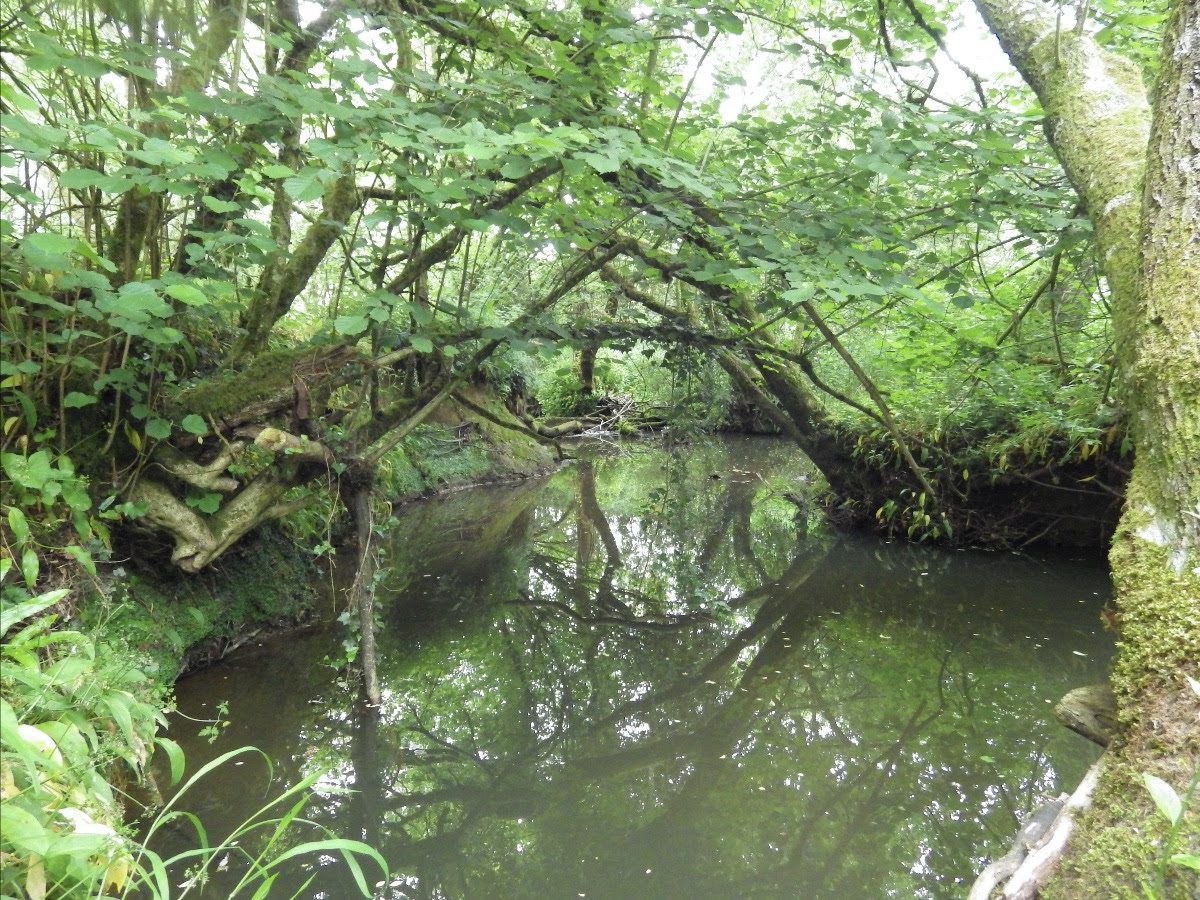
In April 2020 it was the fiftieth anniversary of the first Earth Day and I read an Emergence Magazine article about it (What Difference Does a Day Make? Earth Day at Fifty by Paul Elie). During the lockdown almost everything had stopped; traffic was noticeably reduced, there were hardly any planes flying, and so on, whilst wildlife thrived. This led to the extraordinary and uncomfortable fact that the temporary cessation of full-scale industrial production had done more good for the Earth than fifty years of environmental campaigning. The article suggested that we could decide to do nothing as a regular practice, which to me seemed like a very interesting idea.
On the back cover of The River, I describe the separation of the river. For me, it became more and more symbolic of the separation we’re all suffering from. The separation happened over two hundred years between the 11th and 13th centuries. It was part of the aftermath of the Norman invasion. Glastonbury Abbey was the primary landowner in the area and it created additional waterways to facilitate commerce – rivers were the main form of transport at that time. No one consciously decided to cut the river in half. The consciousness that created this situation was the same consciousness that meant being separated from the land, from each other, and from ourselves. Diverting the waters of the river had the effect over time of drying up the old River Brue.
The Somerset Levels used to be marshland. They changed a lot during this period of history in ways that have become even more obvious in the last couple of centuries. The marshes were known as ‘waste’ by medieval landowners, and there was a growing assumption that it was good to pump it dry and turn it into viable farmland. The idea of restoring the wetlands runs very counter to that assumption.
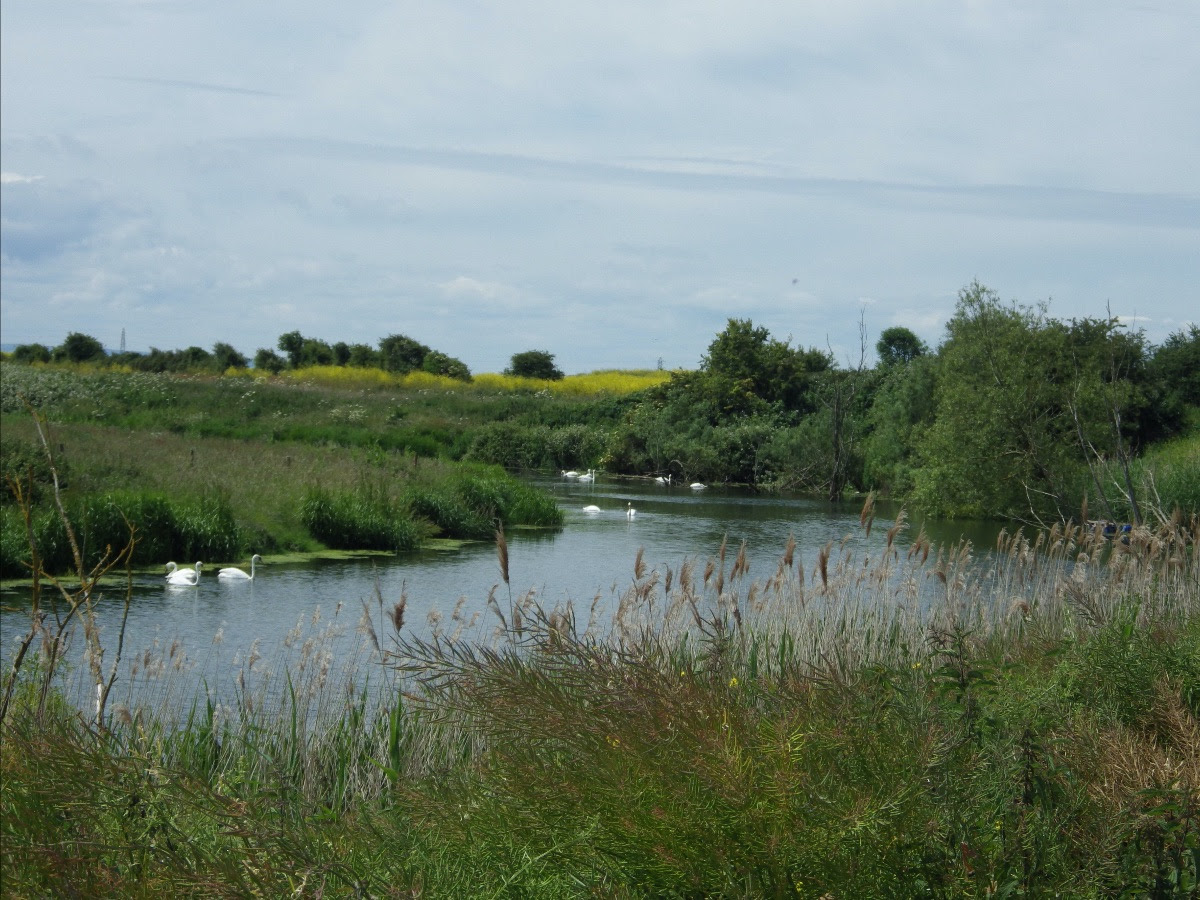
There were seven islands in the Somerset Levels. On a map, they form a figure very similar to the Plow or Great Bear. The islands were Avalon (Glastonbury Tor is located there); Beckery (a pre-historic burial site); Meare; Godney (God’s island); Panborough (contains Barrow Hill, another pre-historic burial site); Martinsey, also known as Marchey (St. Martin was the patron saint of drunkards and sobriety. Martinsey had been the site of a Roman temple to Bacchus). It was located roughly where the River Axe joined the River Brue. And Andrewsey (now known as Nyland) which is a striking conical hill.
I asked Bruce if he would share a story from ‘The River’. He kindly consented. (He tells this story in a much fuller and more intelligible way in the book.)
The Peace of Wedmore.
After Wessex was invaded in 878 by Guthrum, the Danish king of East Anglia, King Alfred retreated to the Isle of Athelney in the Somerset marshes. After some months of preparation, he gathered his soldiers from Somerset, Wiltshire, and Dorset, the three counties that happen to meet close to the source of the River Brue. He defeated the Danes at the battle of Ethandun and captured King Guthrum. Alfred then did this extraordinary thing and let him go when he agreed to become a Christian and to become his godson. Alfred sailed with him down the River Parrett to the sea and then up the River Axe to Wedmore, where he had a royal manor. There he entertained King Guthrum, who adopted the (Christian) name of Athelstan.
The Peace of Wedmore was far more effective than others of that era, and for a generation, life was relatively peaceful. It was a remarkable achievement. Alfred was the fourth son and had no ambition or expectation of becoming king – he was more interested in art and culture. But his three older brothers, in those turbulent times, had all died in battle. Alfred had a very wise advisor, the Welsh bishop Asser. His kingdom, Wessex, was the only one in Britain never to be taken over by the Danes, and following these events, it became the basis of the English nation.
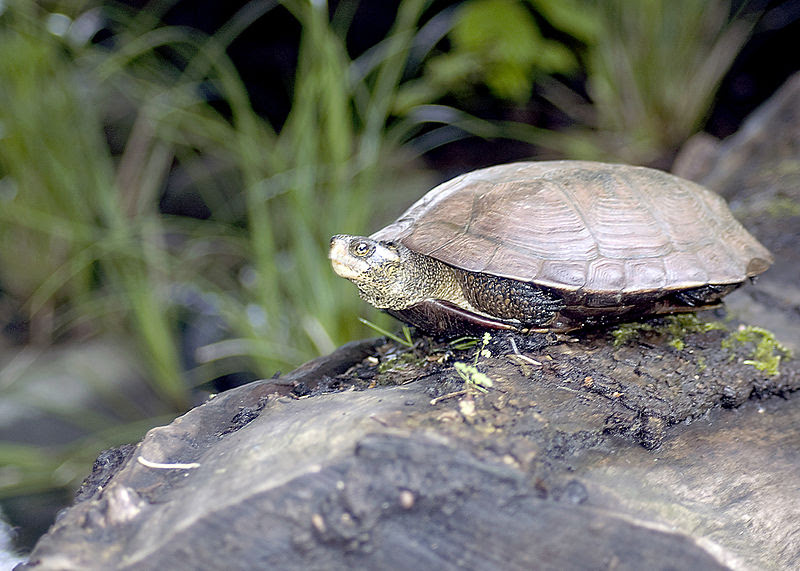
October Butterfly
Far-flung butterfly
fanning yourself on a mound
in a patch of October sun,
those orange black-dotted
wings have spun and spun
through summer months.
Is your harvesting done?
Swaying bay branches
barely hint at your bright
bursts of flight, when
for turn of speed I
could only glimpse you
sparely lighting on
some leaf or flower.
Your dark, still center
as motionless
as the fulcrum
of a fan. One step closer
and you’re off again whirling—
now and now
all that counts.
Receive the Earth-Love Newsletter, event invitations, and always a poem.
